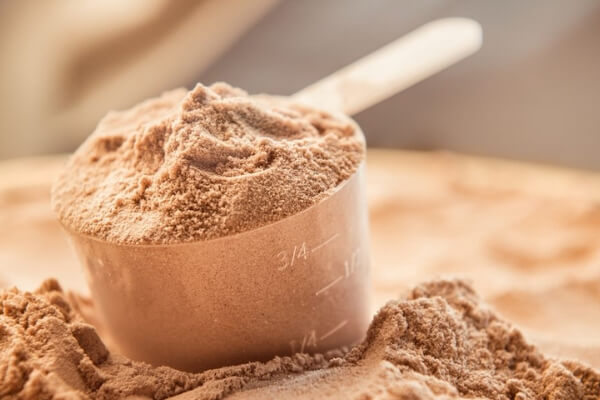There are a lot of rumours around the internet that supplementing or increasing protein in your diet helps you lose weight. But how true are those rumours? We are going to be looking at what is true and what is false.
The important thing to remember is what your goal is, losing weight is just not losing/burning fat. Muscle weighs more than fat so it is important to not let your muscles deteriorate, however, for this article we’re going to be solely talking about losing fat.
A Higher Protein Diet Lowers Appetite And Fills You Up
So, you’ve cut down on your calories throughout the day and you get home and suddenly get the urge to snack on something. Cravings to eat are your worst enemy when trying to lose fat. If you get home and have a couple of biscuits/yoghurts, there’s another couple of calories added to your already calorie-restricted diet.
In a study for US National Library of Medicine & National Institutes of Health, it was found that when split into two groups – the group who had a higher protein consumption reduced late-night cravings. This study increased one groups protein intake by making it 25% of all daily calories, and in the end, it reduced cravings by 60%.
Another study, this time in the Journal of the Academy of Nutrition and Dietetics show that eating a protein-rich diet does indeed fill you up a lot more. They conducted the experiment solely on the question – what effect does protein have on fullness? “Our paper did show that indeed, higher protein intake led to greater sensations of fullness,” quotes the study’s co-author, Richard Mattes. To make sure that they were accurate, they undertook a secondary analysis they came to the same conclusion.
Protein Burns Calories By Itself
Higher protein foods tend to have higher thermic effects. A thermic effect is where the food takes a lot more energy to digest. It has been shown that protein-rich foods increase the thermic effects the most. They increase your metabolic rate from anywhere between 15% and 30% whereas, for carbs, it’s only between 5%-10% and 0%-3% for fats.
This means that you could be burning more calories for doing absolutely nothing if you add the right foods/supplements to your diet. A high-protein diet can actually help you burn an extra 80-100 calories per day for doing something such as sleeping.
How Much Protein Is High-Protein?
Per day, it is recommended that males should incorporate 56 grams into their calorie intake whilst women should consume around 46 grams. Consuming these levels are definite enough to stop yourself from developing any sort of deficiency, but they are not enough if you are looking to lose weight or even build muscle.
The studies that are mentioned above, usually go between 30% – 35% of calories should be protein. So to find out how many grams that is, you want to multiply your daily calorie intake against your desired percentage of protein per day. An example of this is if I wanted to have 35% of my calories to be protein on a 2,000kcal diet per day, I would calculate 2000*0.065 (as if you add another 0.035 it would make 0.01) and that makes it out at 130 grams of protein per day.
Whilst you do not need to stick to an exact number per day, anything between 25%-35% will be effective. It is also important to note that you should spread your intake across per day to make sure you are getting enough calories in your diet.
How To Add Extra Protein To Your Diet
Now, that’s the easy part! There are plenty of foods that are high in protein. Myfooddata.com have compiled a list of their top 10 protein-rich foods (which include plenty of lean meats), which are:
- Chicken Breast
- Pork Chops
- Tuna
- Beef
- Tofu
- Lentils
- Low Fat Yogurt
- Parmesan
- Seeds
- Eggs
Alternatively, you can use protein powders for the building blocks and health benefits a higher protein diet has to offer. Whilst foods are always good sources, protein powders can be anyway from 60%-85% pure protein, to give you the extra kick you need. We have everything you would want, low-fat protein, low calorie, higher calories. We’ve listed a few of our favourite protein powders down below.
Optimum Nutrition Gold Standard Whey, Mutant Whey, PhD Diet Whey & Scitec Professional Protein. If protein bars take your fancy, why not try some Grenade Carb Killa Bars, Doctors Carbrite Bars or ISS Research One Bars.
Remember
Whilst what we have covered in this article can lead to weight loss, it is important to note that no matter your diet if you are eating more than you are burning – you will not lose weight. Make sure that you are eating a healthy, balanced diet with a little extra protein, as that will be the most effective way to help you on your fat loss journey.
